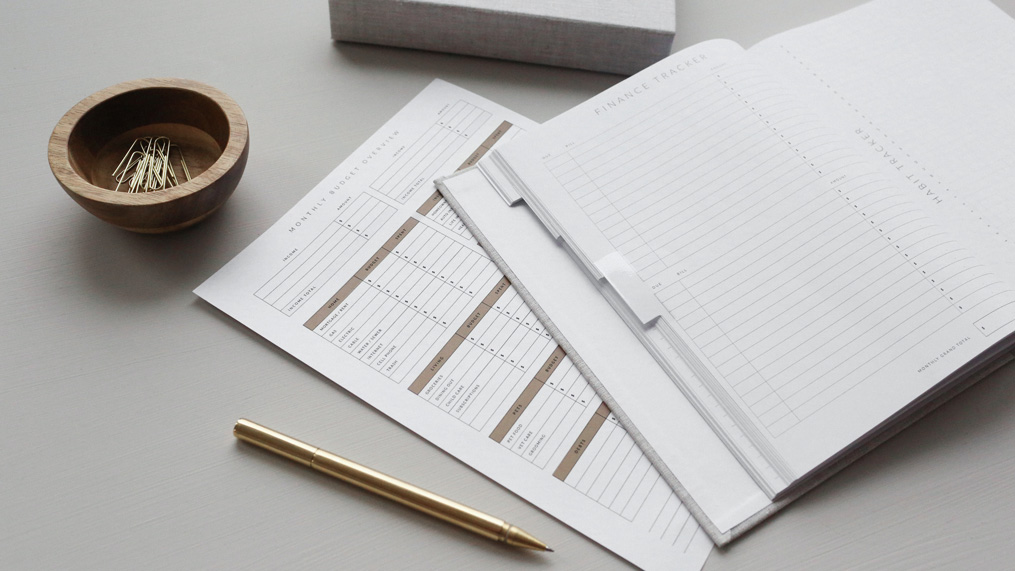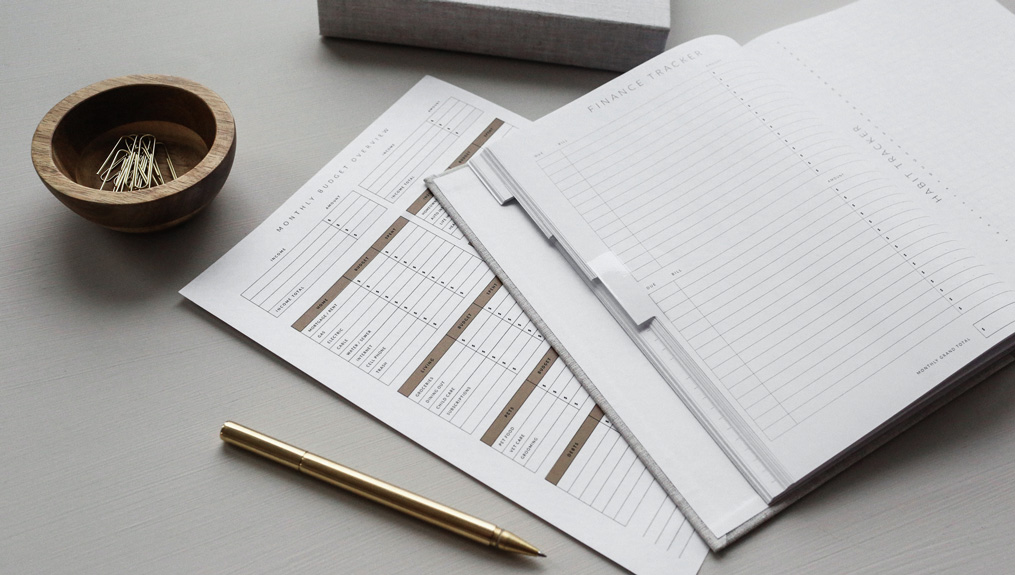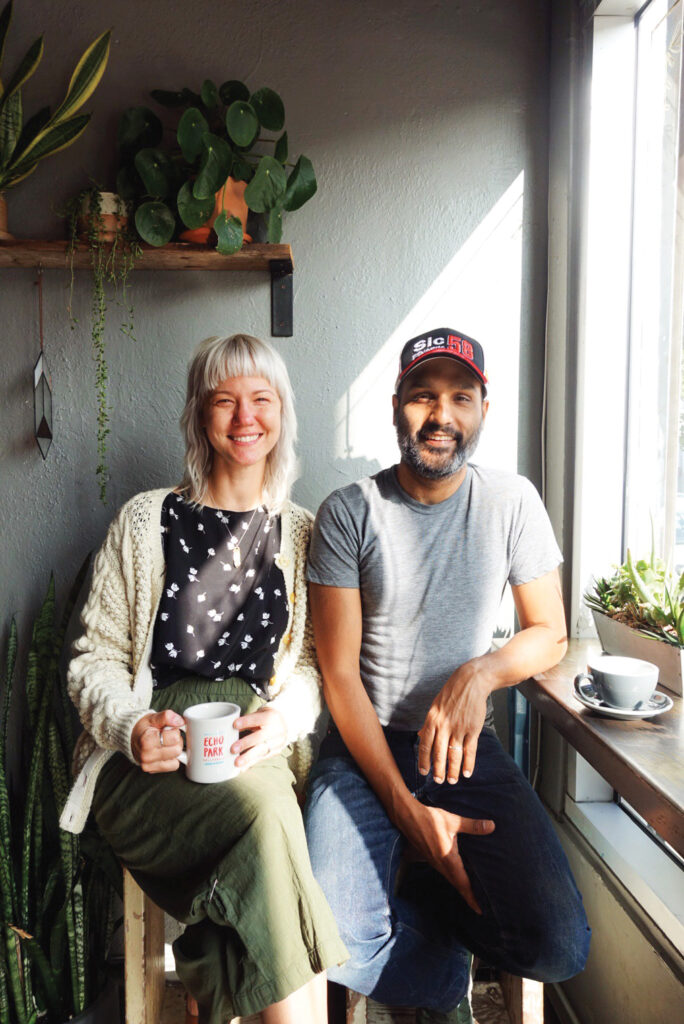Money isn’t exactly the easy part to owning or starting up a business. Sometimes business owners in the coffee and tea community navigate finances with only personal experience to draw from; sometimes people have been in business a while and are still wanting to try something new with their profits. But budgeting doesn’t have to be a roadblock. These entrepreneurs have a few tips and tricks up their sleeves.
Calculate Costs
Starting out with a simple spreadsheet, or pen and paper, can open the doors to understanding how much money you earn and how much money you pay out. It is all about starting to visualize the numbers.
Bola Sokunbi is the founder of Clever Girl Finance, an online platform and community for personal finance and accounting courses. Sokunbi, also an author, posted a video on YouTube especially for business owners, “Starting A Business The Right Way: How to Create A Simple Business Budget,” which has garnered thousands of views.
To begin the budget journey, Sokunbi suggests, at the very minimum, writing down every essential cost that is needed to keep your business open, and categorizing what is recurring every month. That way, she says, you know how to see past those numbers.

Clever Girl Finance’s Budget Tips for Shops:
- Define business goals and budget those in
- Define recurring costs as the base of your budget to keep your business running
- Create an emergency fund
- Divide sales sheets by products to see what is selling and what isn’t
Bola Sokunbi. Photo by Caroline Beffa Photography
If you are opening a new business, startup costs should also be factored in, she says.
“Once you factor in startup costs, you can determine how long it may take to recoup them by taking the startup costs and dividing them by six months, a year, and say, ‘Okay, now I know how much extra I need after my essential costs are covered to recoup starting costs,’” says Sokunbi.
Like personal finances, she continues, business finances can have ebbs and flows. Not only should you track those costs that keep your business open, but as time goes on, write down an amount you want to set aside for emergencies, such as economic downturns or slow seasons.
“Build a line in the budget that has a goal to set aside a fixed amount every month,” says Sokunbi. “Have a business backup. For example, business may be slow and instead of letting parts of your team go, you can continue to pay them. Or maybe you will need to upgrade your equipment. By doing this, this makes you rely less on debt in uncertain times.”
Define Business Goals
While budgeting with digital tools like QuickBooks and Microsoft Excel sheets is valuable, Sokunbi says your goals as a business owner are just as vital.
“Those programs will tell you how much you made, how much taxes you owe…but they don’t really align with what your goals and objectives are,” she says.
“Say I want to make $500,000 this year, or I want my business to be profitable by June,” she continues. “That is where budgeting comes in. This is where business owners need to be proactive and not to rely on that software. Those tools can’t read your mind.”
By setting aside money through budgeting, goals can become a reality over time or help you develop a payment plan for capital taken out to reach them.
“Think of it as you are telling your money what you want it to do for you and your business, based on your plans and your goals and objectives for your business to be not only profitable, but to grow,” she says.
Budgeting definitely can seem hard in the coffee and tea industry. Like any entrepreneur in any field, many people enter the industry because of their passion for coffee, with finances the last thing on their mind, says Sokunbi.
“[Many people are] trying to leverage a business as a way to get ahead, but there might be aspects of finances in their personal life that they don’t even understand,” she says. “And so it makes it even more so difficult and more so uncomfortable to have the conversation from a business perspective.”
Projecting Is Just As Important
Sahra Nguyen started Nguyen Coffee Supply in Brooklyn in 2018. Her company directly ships green coffee from producers in Vietnam, offers single-origin roasts and more, and sells to consumers via its website.
A few years into owning her business, her takeaway is: budget—but don’t forget to add financial projections.
“The closer you stay to your numbers, the more control you’re going to have over your business and the more empowered you’re going to be as a business owner and entrepreneur,” says Nguyen.
She believes outlining a financial model—or the process of creating a summary of a company’s expenses and earnings in the form of a spreadsheet that can be used to calculate the impact of a future event or decision—can allow businesses to project, or forecast what future finances will look like.
“You can always find the formula that works best for you,” says Nguyen. “It’s also about how much you want to walk away with like, do you want to make a profit? Are you looking to just break even? I think staying flexible is important, and financial modeling allows you to easily shift your budget and prices if you need to.”
As a new business on the block, a financial projection can forecast spending based on recurring costs, and how much you hope to make on sales, to determine outcomes. By doing this, you can show bankers or investors the path of paying back loans, growing, or sustaining your business. And for those in business for a while, projecting could mean staying on track or making profitable or even bigger moves.
Review, Then Review Some More
Actively reviewing the budget and projections can make a real difference for the future.
“Look at your prior month’s budget, even your last six months of spending,” says Sokunbi. “There are so many incredible insights and many people will shy away because they think they are not making enough money, but there are so many golden gems and nuggets in your history of your business.”
To begin, Sokunbi suggests looking at your past business’s budget, past expenses, and past spending, then taking a look at what areas are the largest, and determining if that spending is necessary. It also reveals, based on revenue coming in, what is making you money and what is not.
“You might find the biggest bulk of spending is your coffee, and that is okay, but you might find that you are spending more on coffee cups than you should be,” she says. “Or…let’s say you have 10 different types you offer, you may find that there are actually two coffee products that are your top sellers that are bringing in so much money for you, but you have high expenses on the other eight products, [which] is another opportunity for you to cut back on your spending for those eight products….Put more of your spending towards the products that are doing well for you to try to earn more money. How can you adjust things, is there opportunity to save more so that you can widen that gap between your revenue and your expenses, which essentially is your profit.”

Financial Projecting 101
- Use last year’s sales numbers as the basis of your projected sales numbers
- Find free projecting spreadsheets online to begin to play around with your numbers
- Check in often, and remember these numbers are educated guesses
Invest In Marketing
Marketing can be expensive to add to your business’s ongoing expenses, but can be well worth it to boost your foot and/or digital traffic.
Nguyen did her own marketing when her business started, and has recently outsourced it after her company grew over the years.
“I have the unique advantage as a super creative person and someone with a background in media, so I created all of it,” she says. “For those who do not own their marketing, it is very important to invest in because it is a big opportunity to connect with your audience, and it is a place to have first contact with potential customers.”
Nguyen also suggests taking out a small loan up to $1,000 as a trial for experimenting with applying marketing services to your business plan.
“If you do that, I would say be mindful how it will affect your cash flow because paying it back will take partial revenue each day,” says Nguyen. “Ask how marketing could bring value to your company, whether it is new customers, and set goals so you feel you’re getting value out of it since it can be hard to put a direct ROI on marketing.”
No Shame In Starting Small
Running a bare-bones operation to start could mean faster profits and growth.
Janine Awan and her husband Saadat Awan of Woodcat Coffee in Los Angeles started with limited furniture and a limited menu. After gaining awareness in the community, the couple was able to afford to do more.
“A lot of businesses take out loans and just want to finish the place,” says Janine Awan. “We had nothing on the walls. We barely even had tables and chairs. We just were like, let’s start, let’s start appealing to the neighborhood and proving to them that we know what we’re doing….Six years later, we’re doing great. We just started roasting this year, which is going to help us save even more money.”
The Awans, like Nguyen, also drew from past professional experience to boost their business. Saadat is trained in MEP (mechanical, electrical, plumbing) engineering, while Janine is a professional designer and illustrator.
“We have been DIY from the start with Woodcat,” says Janine. “That is probably my biggest piece of advice, that if you are brick and mortar, you do not have to have all the things right away. Start small.”
During times of uncertainty, like with the COVID-19 virus, finances can be tight, and working with a limited, stripped-down budget can happen.
“What are those recurring costs that you need to have in place at the very least that will still give your customer that amazing experience, but will not put you over budget and eat into your profits?” says Sokunbi. “Emergency funds set aside [during budgeting] can help you weather the storms during those times, or low seasons.”
Hungry Bunny Virtual Donut Shop in Wichita, Kansas, opened up in March, just as the United States saw COVID-19 cases rise. Its owner and creator, Khloe Hines, lost her previous job during this time, and decided it was time to launch a longtime dream of hers to own an online-based doughnut shop.
Everything came out of her personal pockets in the beginning, says Hines. She does her own grocery shopping for the business, makes her own stickers, sends packages, does local deliveries—you name it, Hines does it.
“Don’t be afraid to ask for help, when it comes to the budgeting aspect of running a business,” she says. “Find a mentor, or a colleague, or even a friend that is willing to assist you with record keeping and bookkeeping.”
Even keeping a notebook can make a difference in tracking items and finances starting out, suggests Hines.
“It’s always kind of bumpy being an entrepreneur and a small business owner, but I believe these things help a lot,” she says.
“Budgeting…is not about perfection, but it’s about having one in place and trying to work through it every month,” adds Sokunbi. “And then very importantly, assessing the prior month to determine what went wrong, what went wrong, what can be, what can be improved upon, and what can be done differently.”
This story was originally published on November 16, 2020 and and has been updated and republished according to our current Fresh Cup standards.
























